Seven Years Later, the USGA's Anchored-Stroke Ban Lives, But Is Golf Better for It?
BROOKLINE, Mass. — Last week, Charl Schwartzel won the LIV Golf event north of London while using a stroke that was banned seven years ago.
A total of $4.75 million found its way into the South African's bank account without concern that the USGA long ago banned what it called an anchored stroke.
It’s not unusual to see an anchored stroke today — a stroke where the putter shaft is anchored to an arm or the chest that, to all watching, is a stroke that is anchored to the body.
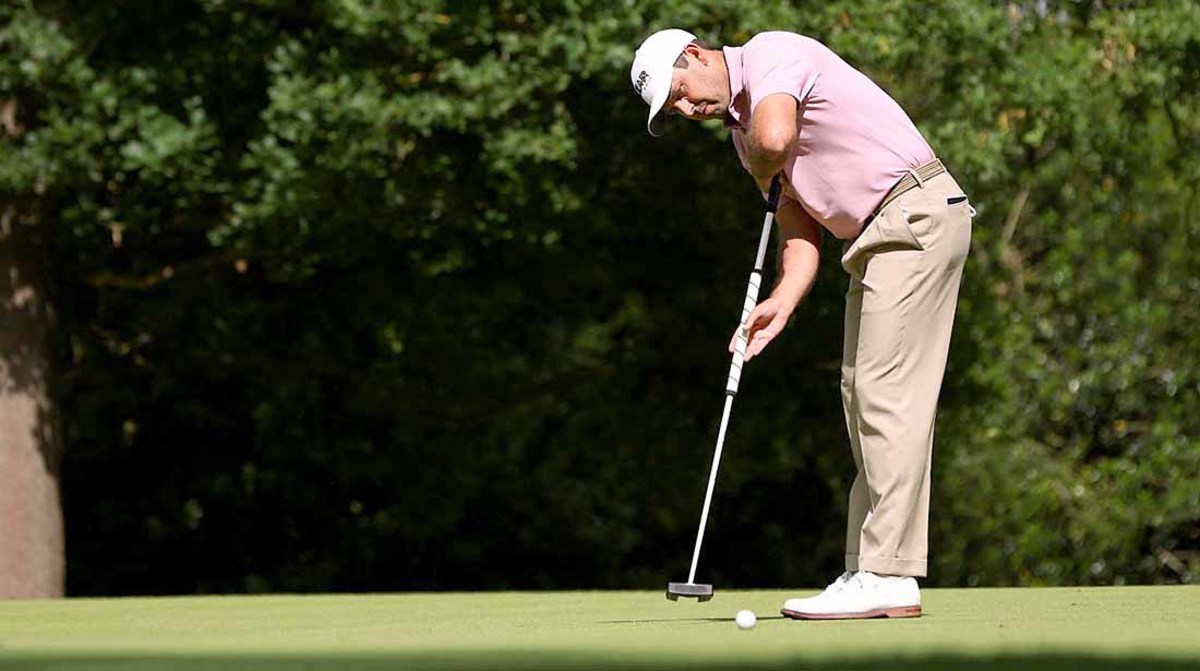
Rule 14-1b in the Rules of Golf prohibits strokes made with the club or a hand gripping the club that is held directly against the player’s body, or with a forearm held against the body, to establish an anchor point that indirectly anchors the club.
But in an unusual twist, if the putter shaft inadvertently brushes up against the body while making a stroke, then according to rule 14-1b, the stroke is not anchored and is legal.
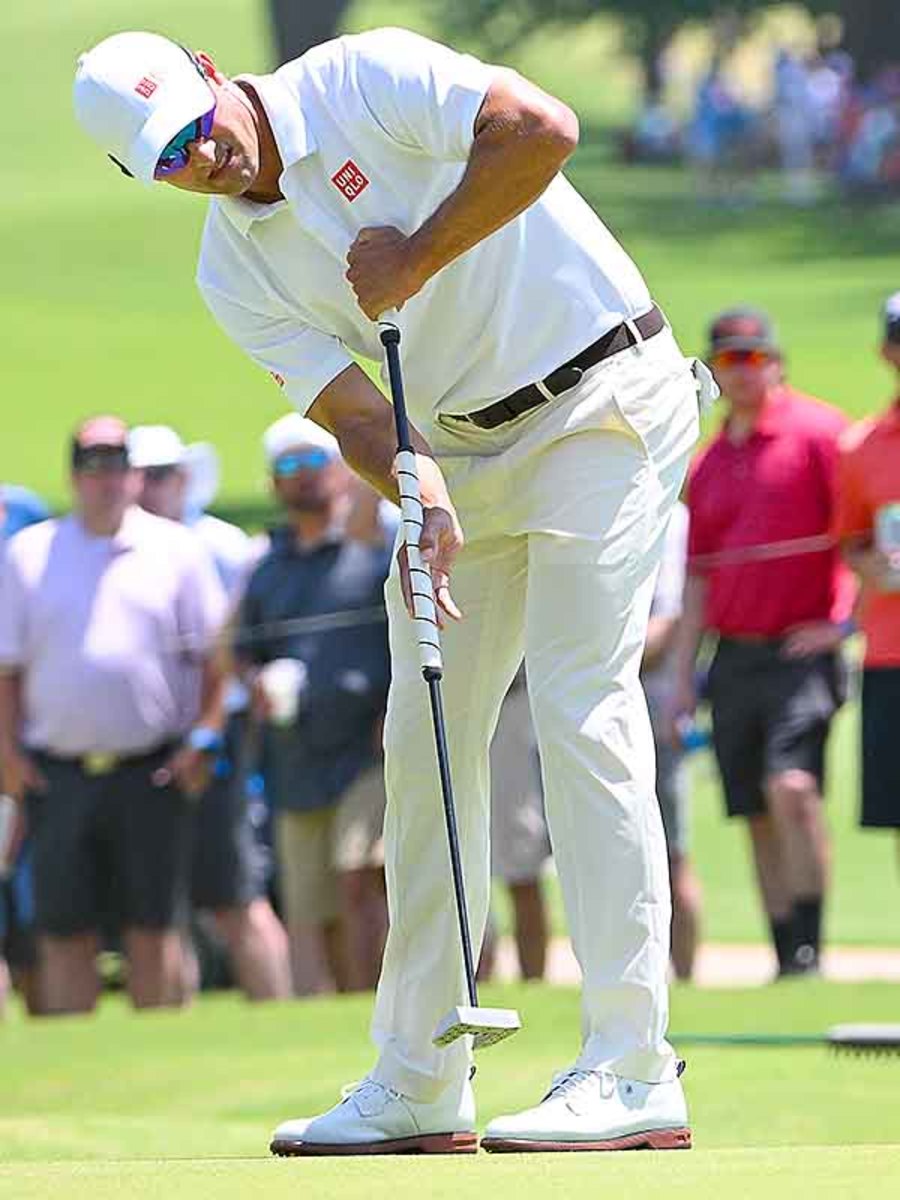
The "rub," as some might call it, is that this gives golfers a free pass to keep doing what they are doing without repercussions. No one can determine what is intentional or unintentional in any one stroke except for the players themselves.
“The putter was tough,” said Keegan Bradley last month. Bradley was a prolific belly putter, and a major-championship winner, before the ban. “It took away one of the best parts of my game. In the middle of my career, that was difficult.”
Bradley is lucky that he found another way to putt without doing the intentional-unintentional dance, and his game is showing signs of life again.
Others, like Carl Pettersson, never did, and are no longer on tour.
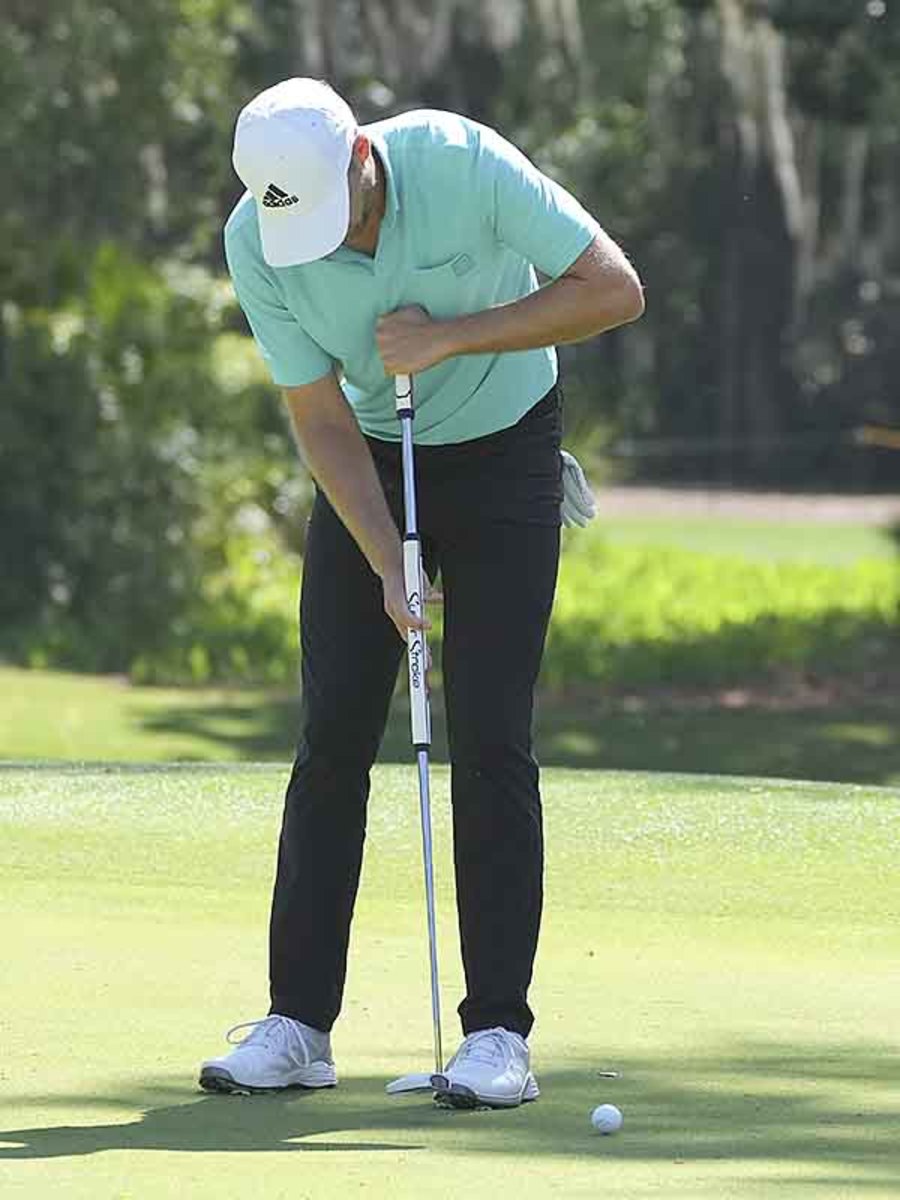
The USGA worked tirelessly to ban anchoring and now years later they believe they got it right, and anchored strokes are out of the game. But if you look closely this week at the U.S. Open, that is clearly not the case. See for example, Adam Scott, Aaron Wise and the amateur Stewart Hagestad.
“Yes, I believe we did achieve what we wanted to achieve,” said John Bodenhamer, Chief Championship Officer of the USGA, on Wednesday on the eve of the U.S. Open. “The goal with the rule change was keep golf what it's been, a free-swinging stroke, not something that's anchored to your body, and we did achieve that.”
Bodenhamer went on to say that anchor-ban critics' primary concerns — losing golfers and a loss of enjoyment among those who used the stroke — didn’t come to fruition and instead the game is growing.
There is no question participation is rising, but it's unclear how much more the game would have grown without the ban.
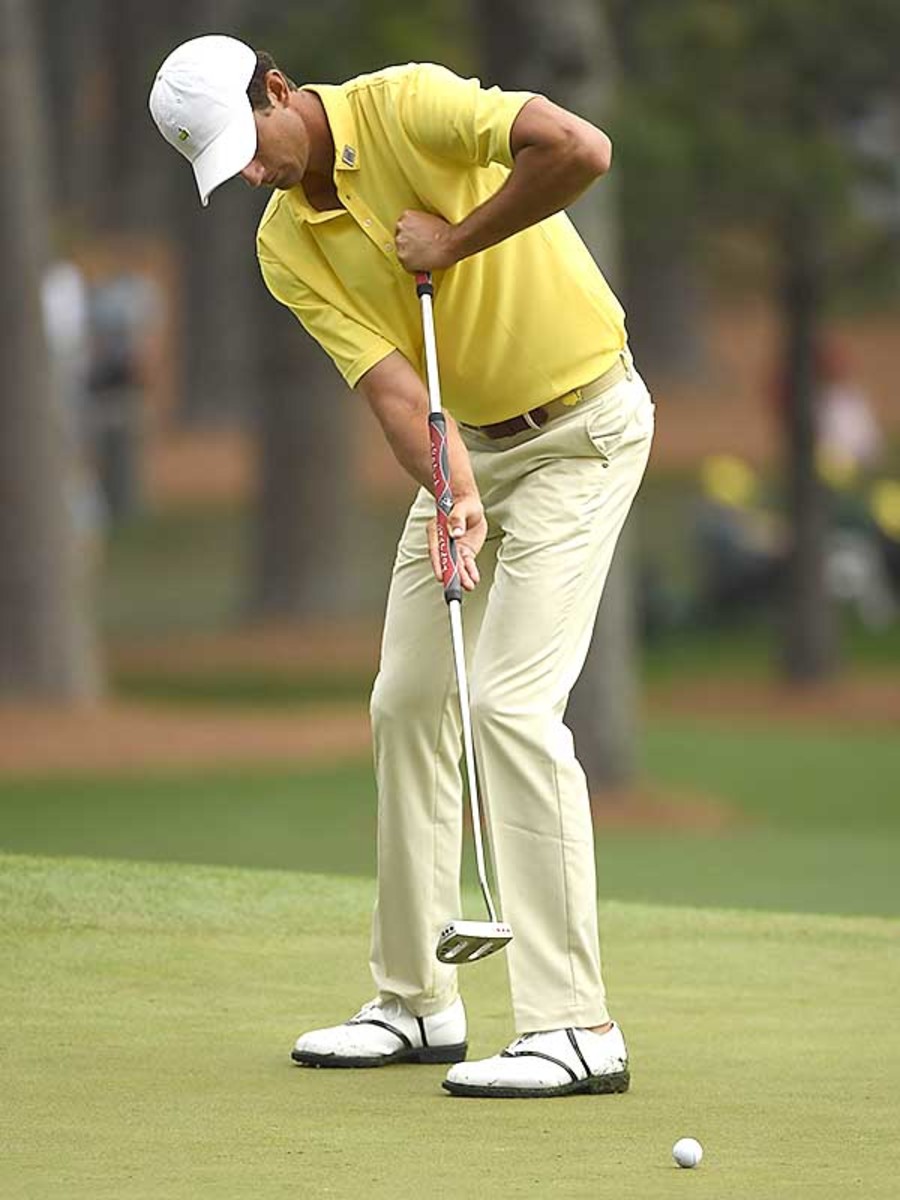
But if you don’t enforce the ban, even at your own events, then how could you conclude the ban has been successful?
“I think our obligation is to look at 50, 100 years from now and what's best for the game,” Bodenhamer said. “That's our obligation. That isn't making everyone happy. It's doing what's best for the long-term interest of the game, so in that mindset I'd say that, yes, we achieved success from our standpoint with anchoring.”
Sadly, Bodenhamer and the USGA missed the mark on April 21, 2013, when they along with the R&A banned a stroke that had been in use for hundreds of years, and as they declared victory, they cost some honest golfers part or all of their livelihood.
Ed's Note: The USGA has a business relationship with Buffalo Group, which owns and operates Morning Read. MR is the exclusive golf content partner of Sports Illustrated and an independent media outlet.
More U.S. Open Coverage From Morning Read:
> USGA Says It Could Shut Out Players in Future Events
> Jay Monahan Delivers In Televised LIV Golf Rebuttal; NBC’s Best-in-Class Crew Returns
> What to Watch in Round 1: Weather, Rebels and a Local Starter
> USGA Museum at the U.S. Open Features Artifacts From Golf’s Pioneers
> Listen: Viktor Hovland Is Adjusting His Mindset for the Majors
Click here to get all Morning Read news in your inbox free every morning.
